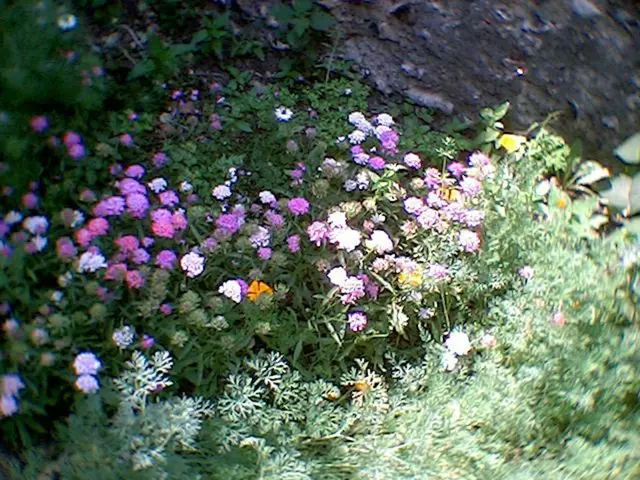20 cost-cutting strategies for avid gardeners
Spruce up your garden without breaking the bank! Here are some budget-friendly tips to help you save on time and cash while keeping your yard thriving.
Budget-Friendly Garden Hacks
Digging Dirt Cheap: Bare-Root Plants
- When to Invest: Go for bare-root plants in late winter to early spring – these plants are typically cheaper and easier to handle than potted ones of the same maturity.
- Saving Cash: The lower shipping and handling costs make bare-root plants more affordable.
- Planting Tip: Ensure the plants are healthy and dormant; water them well after planting to encourage strong root establishment.
Perennial Splitting: Free Multiplication
- When to Divide: Split perennials in early spring or fall, when they're not actively blooming.
- Cost Savings: It's a free way to multiply your plants. Share the extras with friends or neighbors.
- How-To: Dig up the plant, gently separate the root ball into sections (each with shoots and roots), then replant.
Starchy Savings: Planting Potatoes
- Affordable Start: Begin with seed potatoes (sprouted grocery potatoes should be disease-free).
- Process: Plant in well-draining soil and hill soil around stems as plants grow to boost yields. Now that's value for your vegetable patch!
Build a Community: Gardening Groups
- Benefits: Swap seeds, plants, and advice with members, often at low or no cost. Learn from experienced gardeners about local pest control and best practices.
- Community Swaps: Participate in local plant exchanges to diversify your garden without breaking the bank.
Recycling is the New Black: Reusing Plastic Items
- Creative Containers: Use old buckets, bottles, or trays as plant pots or seedling trays for a fun, DIY touch.
- Protection for Plants: Cut plastic bottles into cloches for young plants and natural pest protection.
- Irrigation on a Budget: Repurpose plastic jugs as slow-release watering devices by poking holes and burying near plants.
Penny-Pinching Perks
- Handle Your Own Compost: Save on soil amendments by creating your own compost from kitchen scraps and yard waste, often $20-30 less per bag than buying premium compost.
- Grow Your Own Plants: Propagate plants from existing ones to gather new ones for free.
- Water Wisely: Use mulch to retain moisture, create a drip irrigation system for efficient watering, and consider rainwater collection to reduce utility costs.
- Tool Maintenance: Invest in quality tools, clean and store them properly, and they'll last for years – saving on replacements.
- Keep a Garden Journal: Monitor spending with a garden budget tracker to refine your approach each year and focus on what's working best for you.
Practical Checklist: Budget-Friendly Garden Actions
| Action | Cost Savings/Benefit | Example/Technique ||-----------------------|---------------------------------------------|----------------------------------|| Bare-root plants | Lower upfront cost, easy handling | Buy in early spring, plant quickly; plant dormant plants|| Split perennials | Free plant multiplication | Divide and replant in spring/fall; avoid buying new plants|| Grow potatoes | Use recycled materials, high yield | Seed potatoes in bags/containers; hill soil around stems as plants grow|| Join gardening groups | Free plants/seeds, knowledge sharing | Local swaps, seed libraries; tap into community expertise|| Reuse plastic | Low to no cost, versatile | Bottles as cloches, jugs for water; breathe new life into old containers|
Embrace these strategies, and you'll not only create a beautiful, productive garden on a budget but also support sustainability. Happy gardening!
- By choosing to grow plants from bare-root varieties, you can save on your home-and-garden expenses, as they are typically cheaper and easier to handle than potted ones.
- Gardening groups offer a fantastic way to save on your gardening lifestyle, allowing you to swap seeds, plants, and advice with members, often at low or no cost.








